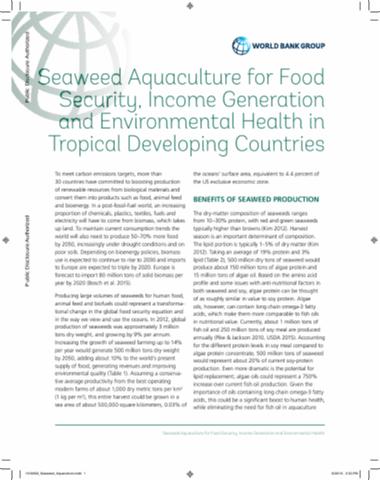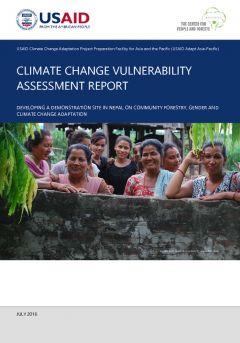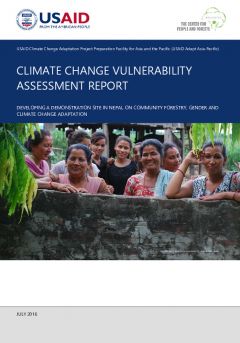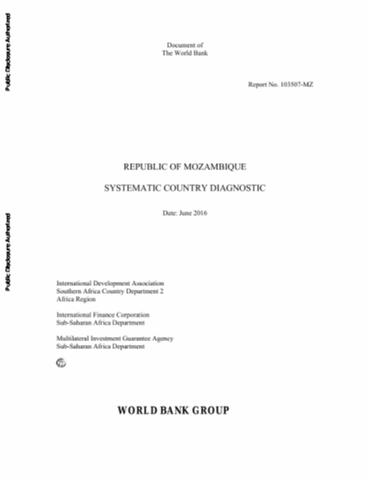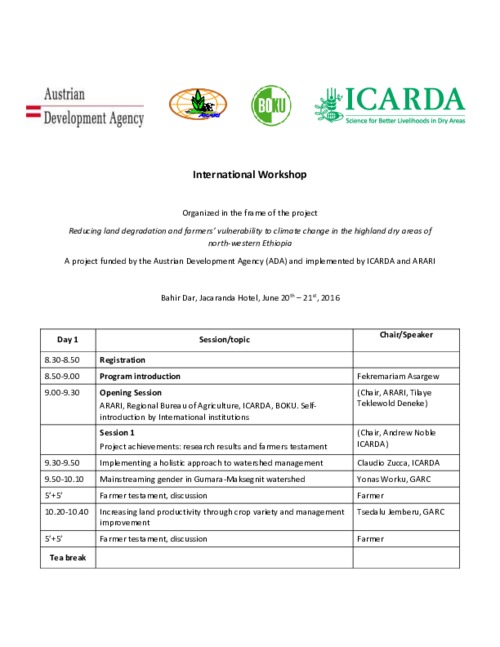REDD+& FLEGT Au-delà de la théorie: Travailler ensemble pour renforcer la gouvernance forestière et atténuer les changements climatiques
a perte de couvert forestier contribue à un sixième des émissions annuelles de gaz à effet de serre, et contribue donc de manière significative au changement climatique.

